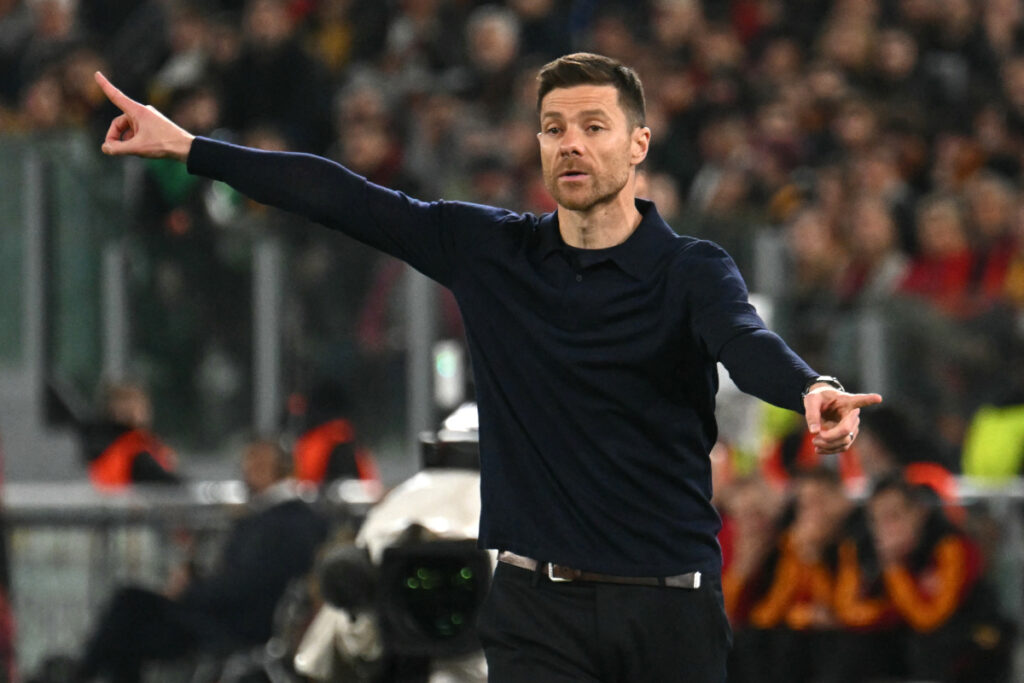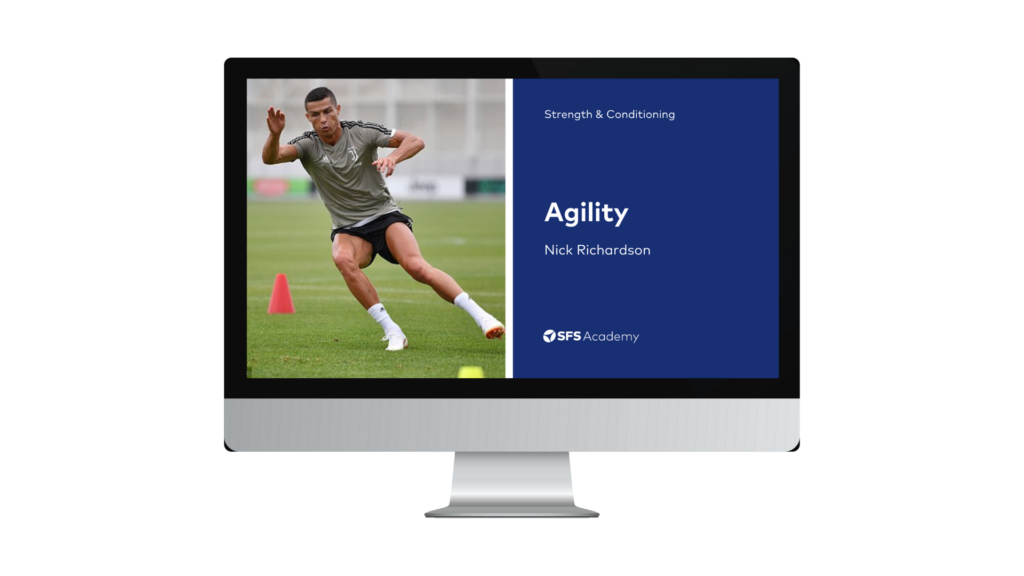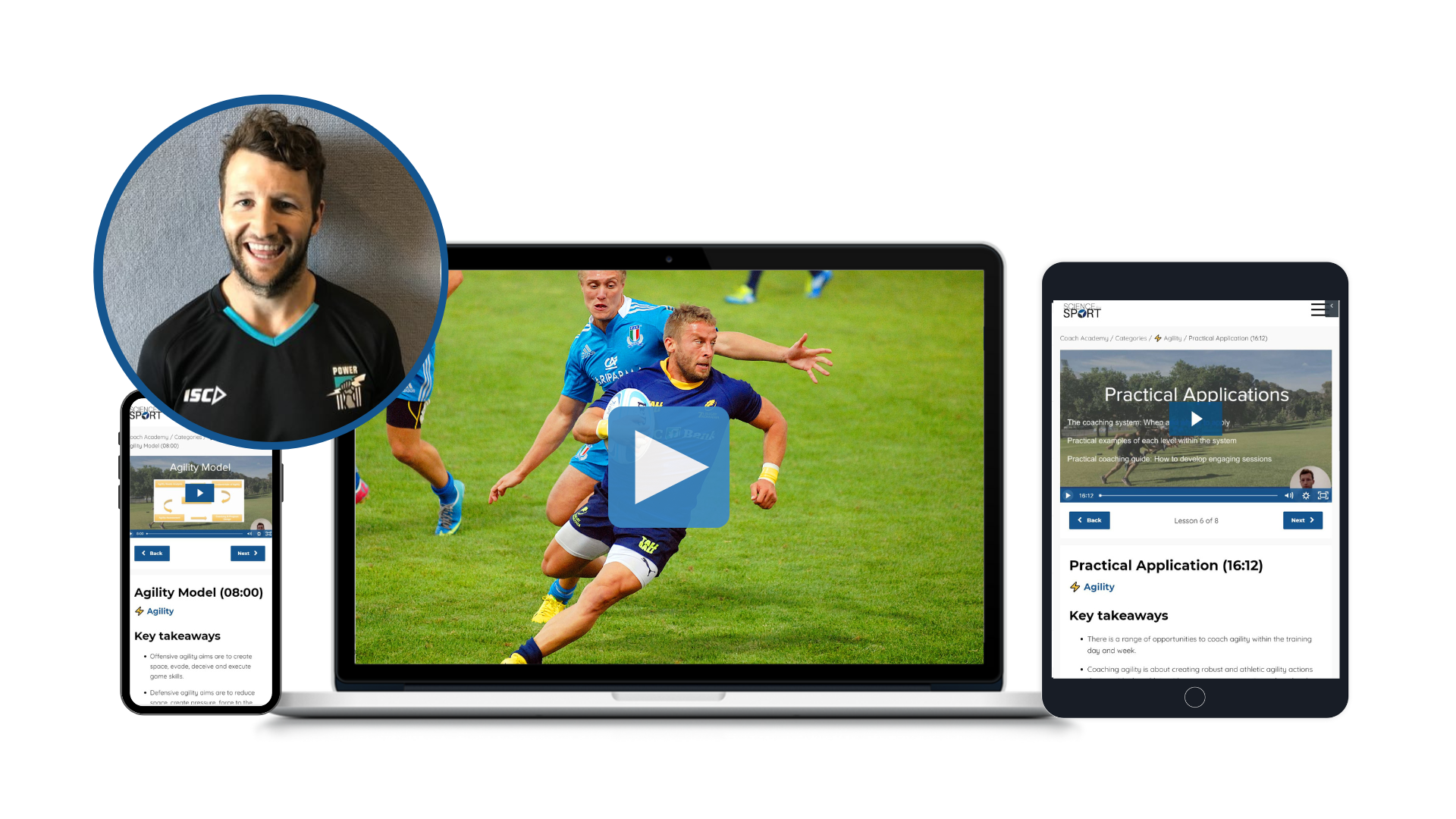This week in the world of sports science, here’s what happened…
- How Xabi Alonso communicates with his players?
- Is there a divided opinion on bio-banding?
- Use what you have and not what you don’t!
How Xabi Alonso communicates with his players?

Professor Adam Nicholls is an esteemed sports psychologist, recognised internationally for his contributions to the field, and he has been a consistent feature on SFS Weekly. He recently shared a post on LinkedIn from an interview with Xabi Alonso, a former footballer and the current manager of Bayer 04 Leverkusen. Alonso has rapidly established a reputation as one of the best managers in the world. In this interview clip, he offers valuable insights into his communication style with players.
Alonso explains that while the main message he conveys to his players may stay the same, the way he delivers it must be adjusted. He emphasises the importance of voice volume, suggesting that some messages need to be delivered loudly, while others should be more subdued. Additionally, he points out the emotional aspect of communication, indicating that there are times when a delivery should be very emotional and other times when it should be more analytical. It’s all about “picking the right one in the right moment” as Alonso says.
This clip can be extremely beneficial for coaches looking to improve their communication skills and is well worth checking out!
Is there a divided opinion on bio-banding?

Last week, Temisan Williams initiated an insightful discussion on LinkedIn with his post about bio-banding in youth football. Williams, who has coached professionally in three Premier League football academies, raised an important question regarding the limited adoption of bio-banding in football academies.
In his post, Williams detailed a range of advantages associated with grouping players according to their biological age. He asserts that bio-banding facilitates fairer competition, affords late developers the opportunity to excel, lowers dropout rates, mitigates burnout, reduces overuse injuries, and enhances player confidence. Consequently, Williams advocates for bio-banding as a more holistic approach to player development, offering every individual the potential to grow, compete, and develop a passion for the sport.
While Williams views bio-banding as a logical solution that should be universally implemented in football academies, the comments section of his post displayed a range of opinions. Many individuals agreed with Williams, but some voiced concerns about bio-banding. One commenter mentioned that prominent players like Roy Keane and Lionel Messi achieved greatness despite being smaller in size, learning to navigate the challenges posed by larger opponents without the benefit of bio-banding. Additionally, some comments expressed concern about the mental resilience that can develop through experiencing failure, suggesting that bio-banding might inadvertently hinder this valuable attribute.
At SFS Weekly, we strongly believe in bio-banding and strongly encourage you to read Williams’ post and explore the discussions in the comments section. Additionally, we previously featured a story about how Borussia Dortmund effectively utilises bio-banding, which is definitely worth checking out!
Use what you have and not what you don’t!

Recently, I came across a short video clip on LinkedIn by Blair Wagner, Director of Performance at PLAE. In the clip, Blair demonstrates a variety of exercises using a Smith machine. For instance, he performs pull-ups with the Smith machine barbell and leans against it while executing “wall switches” to enhance sprint mechanics. He also uses a single dumbbell for overhead presses and demonstrates a plyometric version of a Bulgarian split squat within the Smith machine.
What resonated with me was not the selection of exercises or their execution, but the message that Wagner conveyed. He emphasises that “every space has its own answer,” highlighting the importance of utilising the equipment and space available to you, rather than focusing on what you lack.
I believe this is an essential message, especially for new strength and conditioning coaches. While it’s natural to want the latest exercises or advanced equipment, many coaches will not have access to these resources. Consequently, learning to adapt and maximise the environment and equipment at hand is a very underappreciated skill!
From us this week:
>> New course: Energy System Development
>> New podcast: Overcoming Pressure and Performing Under Stress
>> New infographic: Coaching Lessons From An Ince Hockey Legend: Erkka Westerlund
>> New article: Hydrotherapy
Access to a growing library of sports science courses
SFS Academy is an all-access membership to premium sports science education.
With SFS Academy, you’ll learn from some of the best coaches around the world as they teach you how to apply the latest research and practice with your athletes.




